For centuries, the world has witnessed the rise and fall of great civilizations. Many of these cities, once bustling with life, were buried by time and forgotten by history. Through incredible discoveries, these legendary cities have been rediscovered, giving us glimpses into the past. Each of these places holds stories of their people, culture, and eventual decline.
Pompeii, Italy
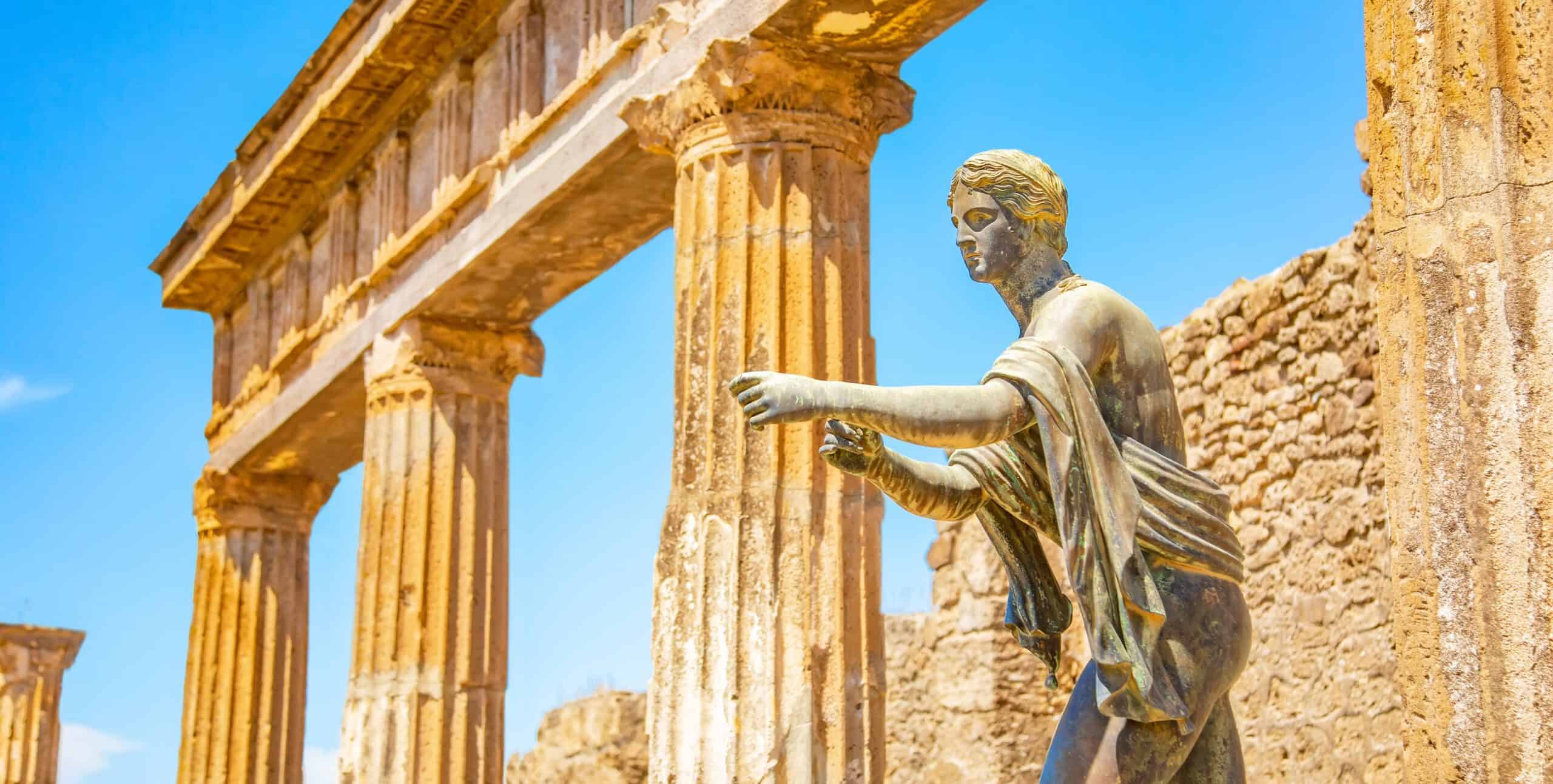
Pompeii was a vibrant Roman city near the Bay of Naples. In 79 AD, Mount Vesuvius erupted catastrophically, burying the entire city under thick layers of volcanic ash and pumice. The eruption preserved buildings, frescoes, artifacts, and even the remains of its residents. Rediscovered in 1748, excavations revealed well-preserved homes, streets, bathhouses, and marketplaces. Pompeii offers a unique window into ancient Roman life, providing insight into architecture, art, and culture that had been frozen in time for nearly 1,700 years.
Machu Picchu, Peru
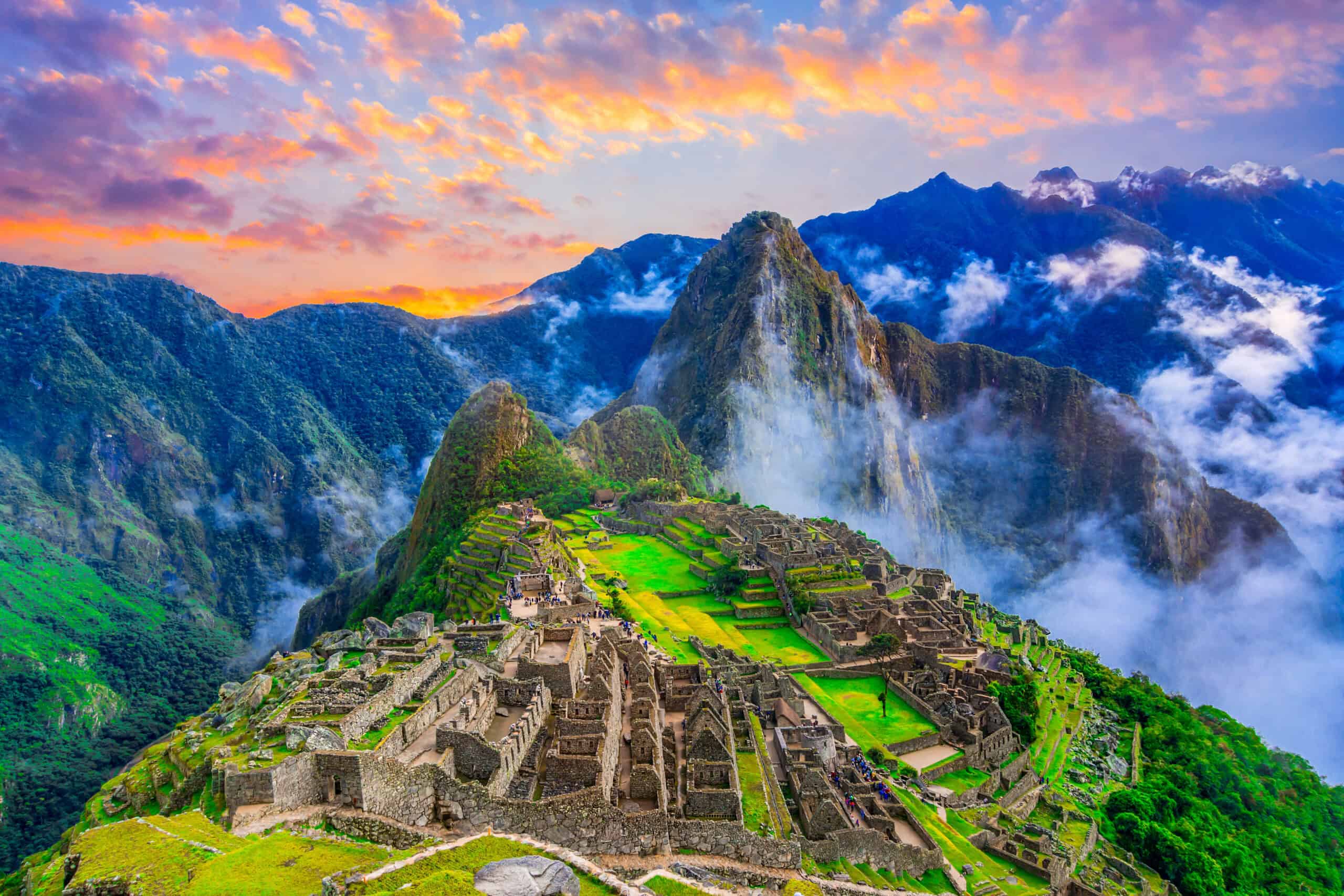
Machu Picchu, a stunning Incan city nestled in the Andean mountains, was built in the 15th century under the reign of Emperor Pachacuti. Likely used as a royal estate or religious site, it was mysteriously abandoned during the Spanish Conquest. Hidden by dense jungle, it remained undiscovered until 1911 when American explorer Hiram Bingham brought it to the world’s attention. Its precise stone structures, agricultural terraces, and breathtaking mountain vistas make Machu Picchu one of the most important archaeological discoveries in South America, representing the advanced engineering and culture of the Incan Empire.
Angkor, Cambodia
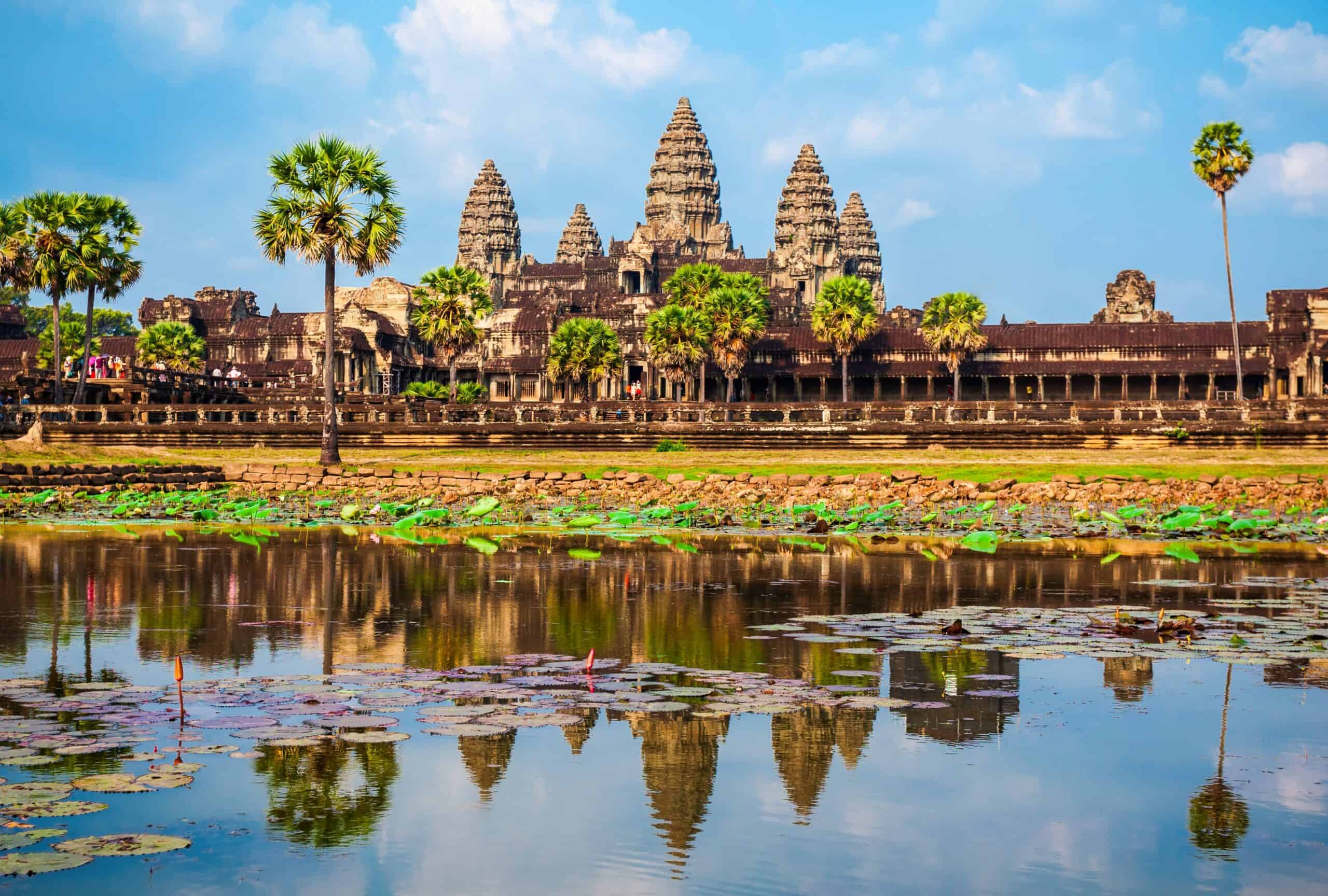
Angkor was the capital city of the Khmer Empire, which flourished from the 9th to the 15th centuries. Spanning over 400 square kilometers, it is the largest religious monument in the world. After its abandonment, Angkor was reclaimed by the jungle and forgotten by the outside world for centuries. French explorers rediscovered the complex in the 19th century, bringing to light its majestic temples, intricate carvings, and vast reservoirs. Angkor Wat, the most famous temple within Angkor, showcases a perfect blend of spirituality, architectural genius, and cultural richness, making it a symbol of Cambodia’s national pride.
Petra, Jordan

Petra, the “Rose City,” was once the flourishing capital of the Nabataean Kingdom, strategically located at the crossroads of important trade routes. Known for its elaborate rock-cut architecture, it thrived from the 4th century BC until the decline of trade routes caused its eventual abandonment. Buried by the shifting sands, Petra was rediscovered in 1812 by Swiss explorer Johann Ludwig Burckhardt. Its impressive rock-carved tombs, temples, and amphitheaters stand as a testament to the advanced engineering and artistry of the Nabataeans. The most iconic structure, Al-Khazneh (The Treasury), continues to draw awe-struck visitors.
Troy, Turkey

Troy, the city immortalized in Homer’s Iliad, was long thought to be a mythical place until Heinrich Schliemann’s excavations in the 1870s uncovered its ruins. Situated in modern-day Turkey, Troy reveals evidence of a real ancient city with multiple layers, each representing different periods of habitation. Schliemann’s discovery proved that the legendary city, associated with the Trojan War and the infamous Trojan Horse, was indeed a historical site. Its towering walls, ancient fortifications, and remnants of temples make Troy an enduring symbol of epic conflict and ancient mythology.
Babylon, Iraq

Babylon was one of the most famous cities of the ancient world and the center of the Mesopotamian Empire. It was home to the legendary Hanging Gardens, one of the Seven Wonders of the Ancient World, though their existence remains debated. Founded around 2300 BC, Babylon reached its peak under the rule of King Nebuchadnezzar II. Over time, wars, invasions, and neglect led to its decline, and it was largely forgotten. Rediscovered in the early 20th century, archaeologists uncovered its grand palaces, ziggurats, and the iconic Ishtar Gate, offering invaluable insight into Mesopotamian culture and history.
Palmyra, Syria
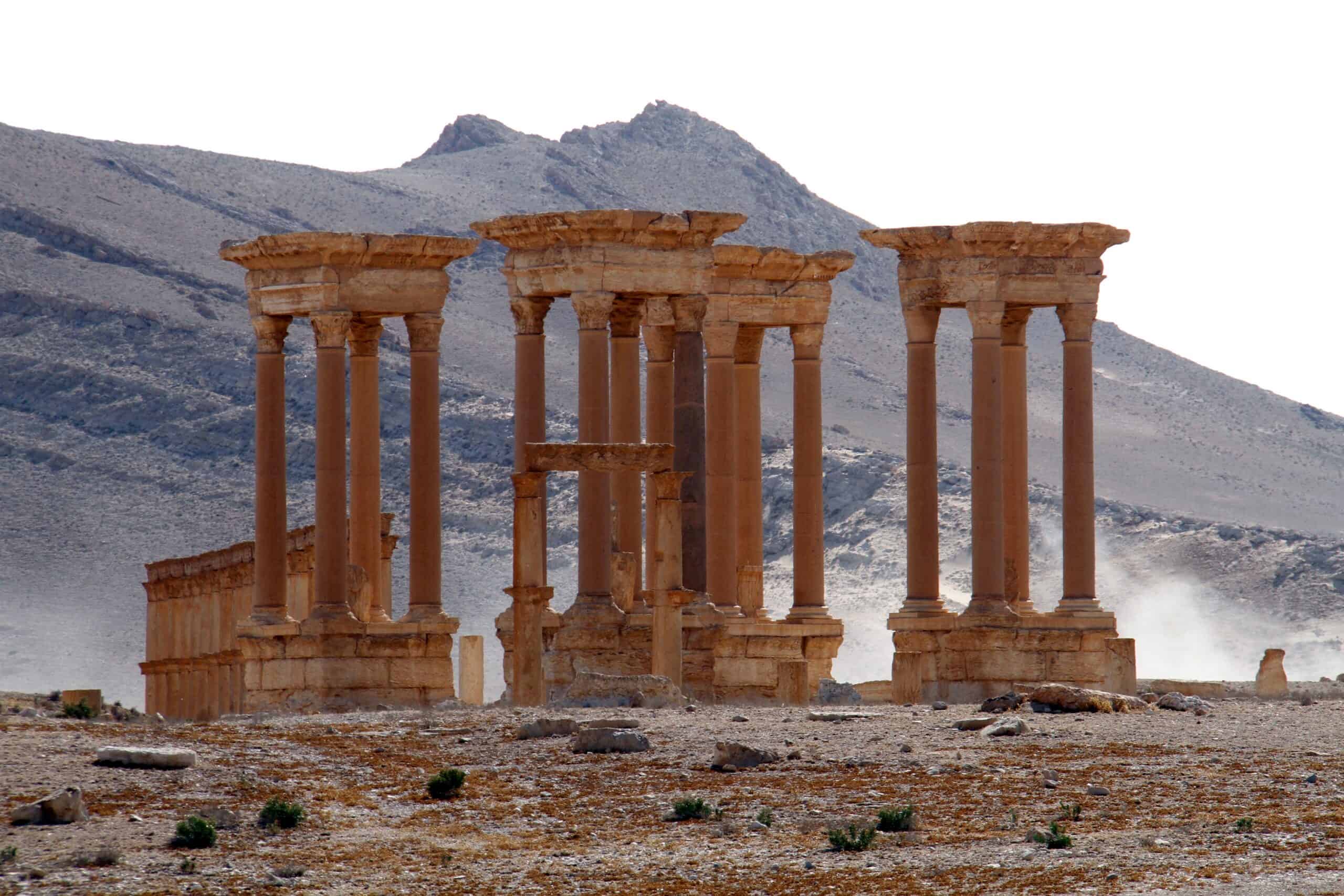
Palmyra, once a thriving oasis city in the Syrian desert, served as a critical hub for trade between the Roman Empire and the East. Its strategic location made it wealthy, and the city became a melting pot of Greco-Roman and Persian influences. After its peak in the 3rd century AD, Palmyra declined and was lost to the desert. Rediscovered by European explorers in the 17th century, its stunning colonnades, temples, and theaters were unearthed, revealing the grandeur of the city’s past. The Temple of Bel and the Great Colonnade stand as striking examples of the city’s architectural and cultural significance.
Tikal, Guatemala
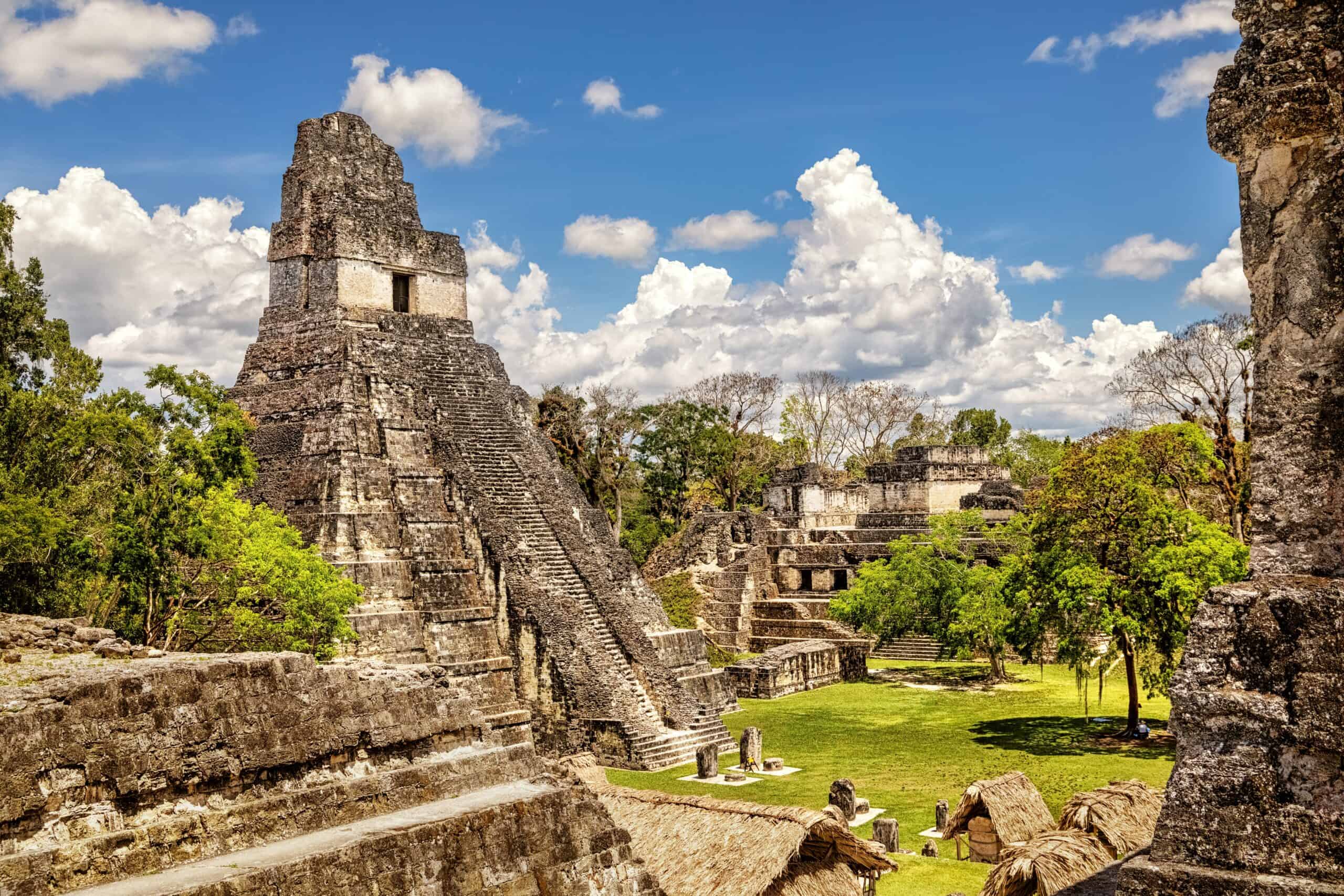
Tikal was one of the largest and most powerful cities of the ancient Maya civilization, flourishing between 200 and 900 AD. It was a center of culture, religion, and politics, home to towering pyramids, palaces, and plazas. However, environmental challenges and political decline led to its abandonment, and the jungle eventually swallowed the city. In the 19th century, explorers rediscovered Tikal, revealing its monumental structures and extensive ruins. Today, Tikal remains one of the largest archaeological sites in the Americas, offering insight into the sophisticated culture, astronomical knowledge, and engineering feats of the Maya.
Persepolis, Iran

Persepolis was the ceremonial capital of the Achaemenid Empire. Founded by Darius the Great in 518 BC, it was known for its grand palaces and terraces. In 330 BC, Alexander the Great sacked the city, leaving it in ruins. Rediscovered in the 1930s, archaeologists revealed its impressive stone reliefs and columns. The ruins of Persepolis showcase the empire’s wealth and architectural genius.
Akrotiri, Greece

Akrotiri was a Minoan settlement on the island of Santorini. It was buried under volcanic ash after a massive eruption around 1600 BC. The ash preserved buildings, frescoes, and pottery, offering insights into the Minoan way of life. Rediscovered in 1967, the site revealed an advanced society with multi-story houses and indoor plumbing. Akrotiri is often called the “Pompeii of the Aegean” for its exceptional preservation.
Mohenjo-Daro, Pakistan

Mohenjo-Daro was one of the major cities of the ancient Indus Valley Civilization. It thrived around 2500 BC, with a highly organized layout and advanced urban planning. Over time, the city was abandoned and forgotten. Rediscovered in the 1920s, its ruins revealed sophisticated drainage systems and public baths. Mohenjo-Daro remains one of the most important archaeological sites, shedding light on one of the world’s earliest urban cultures.
Knossos, Crete

Knossos was the largest Bronze Age archaeological site on Crete and the center of Minoan civilization. Built around 1900 BC, it was known for its elaborate palace complex. The city was abandoned after a series of natural disasters. Rediscovered in the early 20th century by Sir Arthur Evans, the site unveiled colorful frescoes and intricately designed structures. Knossos provides valuable insights into the culture, art, and myths of the ancient Minoans.
Nineveh, Iraq

Nineveh was once the capital of the Assyrian Empire. It was a sprawling metropolis, filled with grand palaces, temples, and gardens. Destroyed in 612 BC during a Babylonian siege, the city was lost for centuries. Rediscovered in the 19th century, the ruins revealed colossal statues, reliefs, and the Library of Ashurbanipal. Nineveh’s excavation showcased the splendor of ancient Assyrian power and influence.
Hattusa, Turkey

Hattusa was the capital of the Hittite Empire, known for its fortifications and monumental gates. It was abandoned around 1200 BC, likely due to invasions. Rediscovered in the early 20th century, excavations revealed massive city walls, temples, and royal archives. The cuneiform tablets found in Hattusa offer a wealth of information about Hittite law, diplomacy, and religion.
Sigiriya, Sri Lanka

Sigiriya, also known as the Lion Rock, was an ancient fortress and royal palace built in the 5th century AD. Situated atop a massive rock formation, it served as the seat of King Kashyapa. After the king’s death, Sigiriya was abandoned and lost to the jungle. Rediscovered in the 19th century, its terraced gardens, frescoes, and rock-carved lion paws are now recognized as a marvel of ancient engineering.
Carthage, Tunisia

Carthage was a powerful Phoenician city-state on the coast of North Africa. Founded in the 9th century BC, it became a dominant force in the Mediterranean. The city was destroyed by the Romans in 146 BC after the Punic Wars. Rediscovered through excavations in the 19th century, its ruins include temples, harbors, and the famous Carthaginian walls. The discovery of Carthage reveals the remarkable history of one of Rome’s greatest rivals.
Leptis Magna, Libya

Leptis Magna was a prominent city of the Roman Empire, located on the Libyan coast. It reached its height during the reign of Emperor Septimius Severus. Over time, the city was buried by sand, preserving much of its architecture. Rediscovered in the early 20th century, Leptis Magna’s ruins reveal grandiose temples, forums, and amphitheaters. It is one of the best-preserved Roman cities in the Mediterranean.
Great Zimbabwe, Zimbabwe
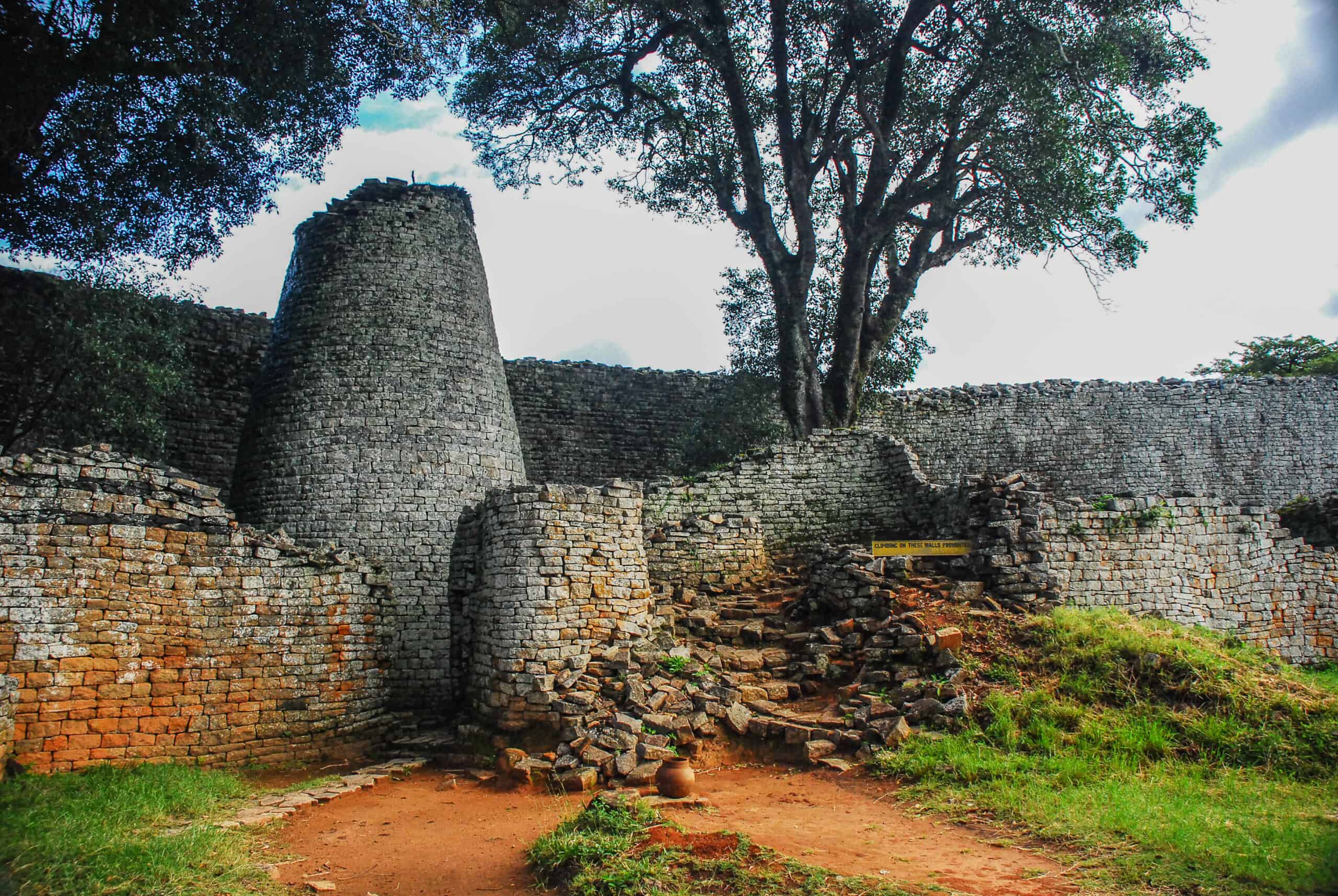
Great Zimbabwe was the capital of the Kingdom of Zimbabwe, thriving between the 11th and 15th centuries. Known for its massive stone structures, the city’s stone walls and towers remain a marvel of ancient African engineering. Rediscovered in the late 19th century, Great Zimbabwe challenges early misconceptions about the region’s history. Its ruins tell the story of a sophisticated society with vast trade networks.
Ur, Iraq
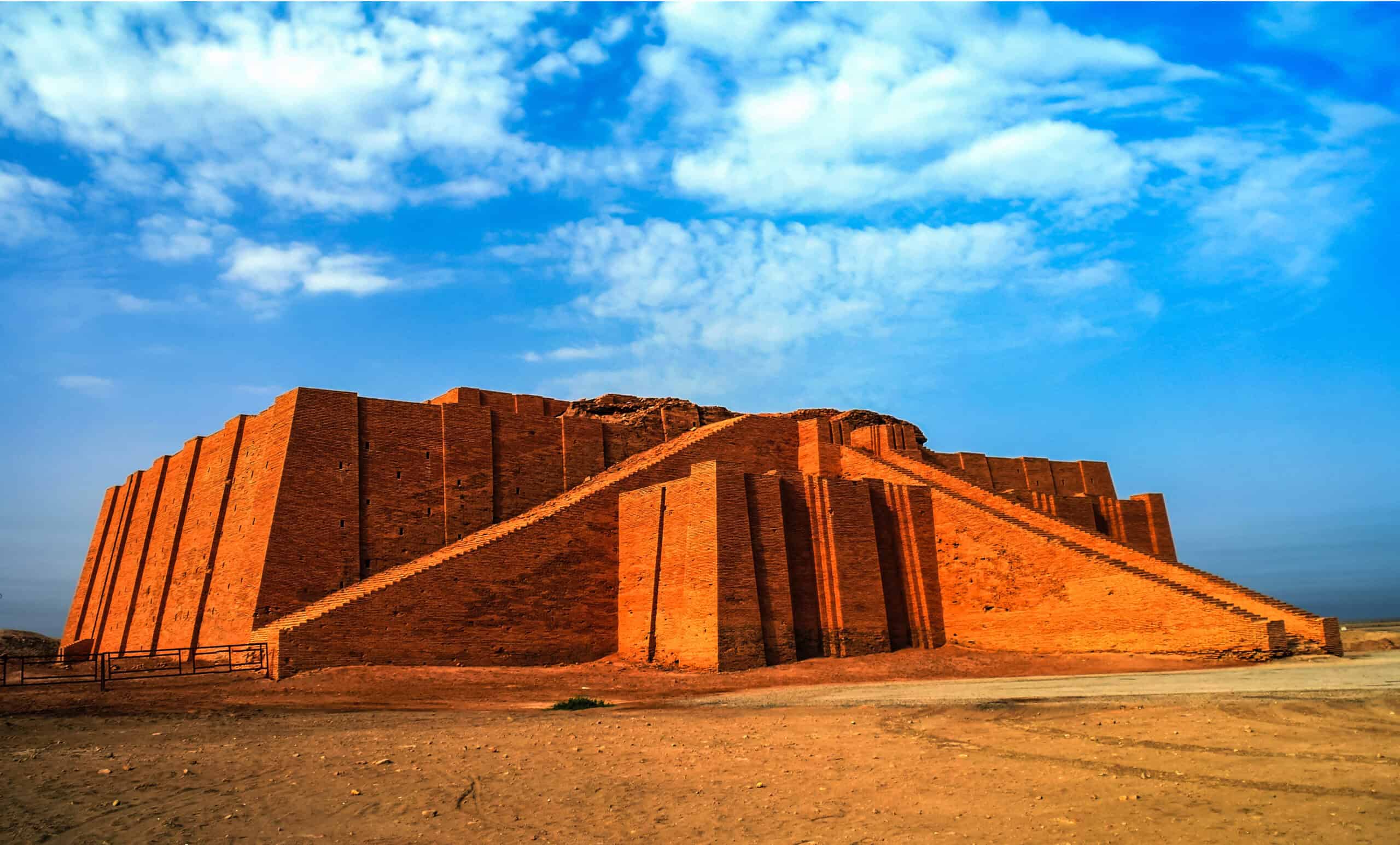
Ur was one of the most important cities of ancient Mesopotamia, located near the Euphrates River. It thrived around 3800 BC as a Sumerian city-state and was known for its monumental ziggurat dedicated to the moon god Nanna. The city’s wealth came from trade and agriculture, supported by advanced irrigation systems. Rediscovered in the 1920s, its excavations uncovered royal tombs filled with treasures, including jewelry and artifacts. The discovery of Ur highlighted the early development of urban life and the advanced culture of ancient Mesopotamia.
Mesa Verde, United States

Mesa Verde, located in present-day Colorado, was home to the Ancestral Puebloans who built cliff dwellings around 600 to 1300 AD. The site features impressive multi-story stone buildings tucked into cliff alcoves, offering protection from the elements. The city was mysteriously abandoned, likely due to environmental factors such as drought. Rediscovered in the late 19th century, its well-preserved dwellings, including Cliff Palace, provide insight into the daily lives of the Puebloan people. Mesa Verde is a testament to their architectural ingenuity and adaptation to challenging landscapes.
This article originally appeared on Rarest.org.
More from Rarest.org
10 Classic Arcade Games That Are Sought-After Collectibles

Arcade games hold a special place in gaming history, evoking nostalgia for the golden age of video games when players lined up to test their skills on classic machines. Read More.
15 Most Colorful Wildlife Species for Vibrant Photography

Capturing the vibrant beauty of wildlife is a thrilling pursuit for photographers and nature enthusiasts alike. Read More.
1995 Quarter Value Guide (Incld. Rare Varieties)

The 1995 Washington quarter is made of a pure copper core while it is covered by nickel. Overall, the 1995 quarter coins are made with 75% copper and 25% nickel. Read More.
